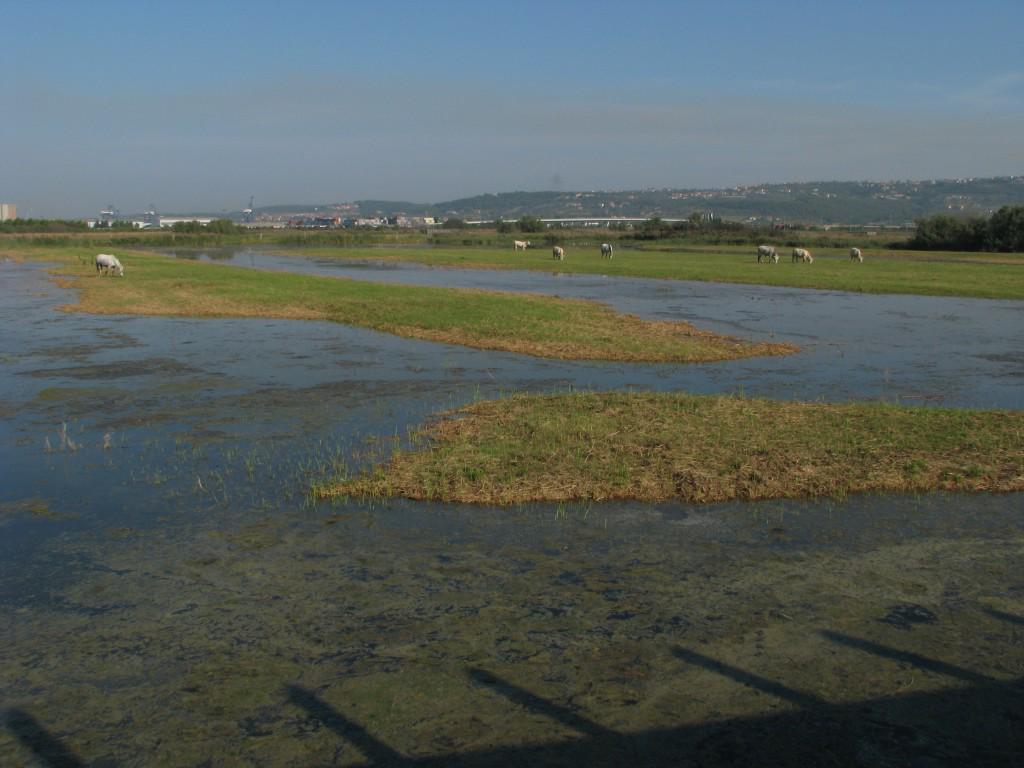
Just a short walk from the Old Town streets and alleyways of the Slovenian port town of Koper, visitors can find a nature preserve famous for its abundant flora and fauna. Its sheer existence is somewhat of a miracle: Just three decades ago, it was destined to become an industrial zone.
Koper was once an island, but through the decades, the area around it was filled in as the town expanded. The wetlands of Škocjanski zatok– the Škocjan Inlet – are the last remaining part of the sea that once surrounded Koper.
Škocjanski zatok is also where the Rižana River flows into the sea. Because of its unique geography, a part of the inlet consists of pure freshwater, while the rest is brackish – a mix of sea - and freshwater.
The unique environment – all 122 hectares (300 acres) of it - gave rise to an incredible diversity of plant an animal life. The brackish water allows the growth of rare halophytes – plants tolerant of salt water -, including glasswort, which was once used to make glass and soap.
Škocjanski zatok is also the home of more than half of all bird species in Slovenia. Many migrating birds take advantage of the unspoiled nature of the area to stop on their migratory journeys and spend a few days in the inlet. Other species stay there throughout the year. In all, 241 species of birds, including some rarely spotted elsewhere, can be seen at Škocjanski zatok. They include endangered species such as the little bittern, the black-crowned night heron, the squacco heron, and the spotted crake.
Amazingly, this natural wonder was almost destroyed in the 1980s. A plan was made to fill in the inlet in order to expand an industrial zone adjacent to Koper, completing the process that began decades ago.
At the time, however, attitudes towards nature were changing in Slovenia and the plans were eventually dropped. In 1998, the area was protected and declared a nature reserve. Perhaps appropriately for an area with such abundant bird life, the management of the reserve was handed over to BirdLife Slovenia (DOPPS), a nature conservancy made up primarily of birdwatchers and scientists. Their stewardship has helped the fragile area to remain an oasis of unspoiled nature surrounded by the industrial and residential sprawl of a growing coastal town.

































































